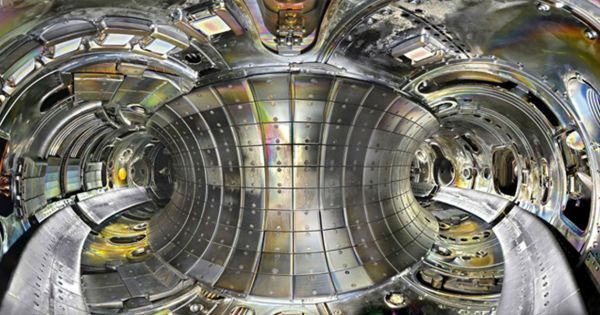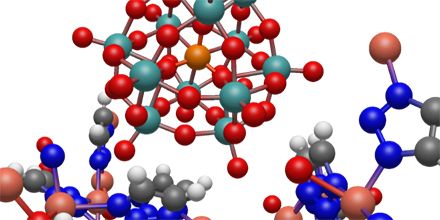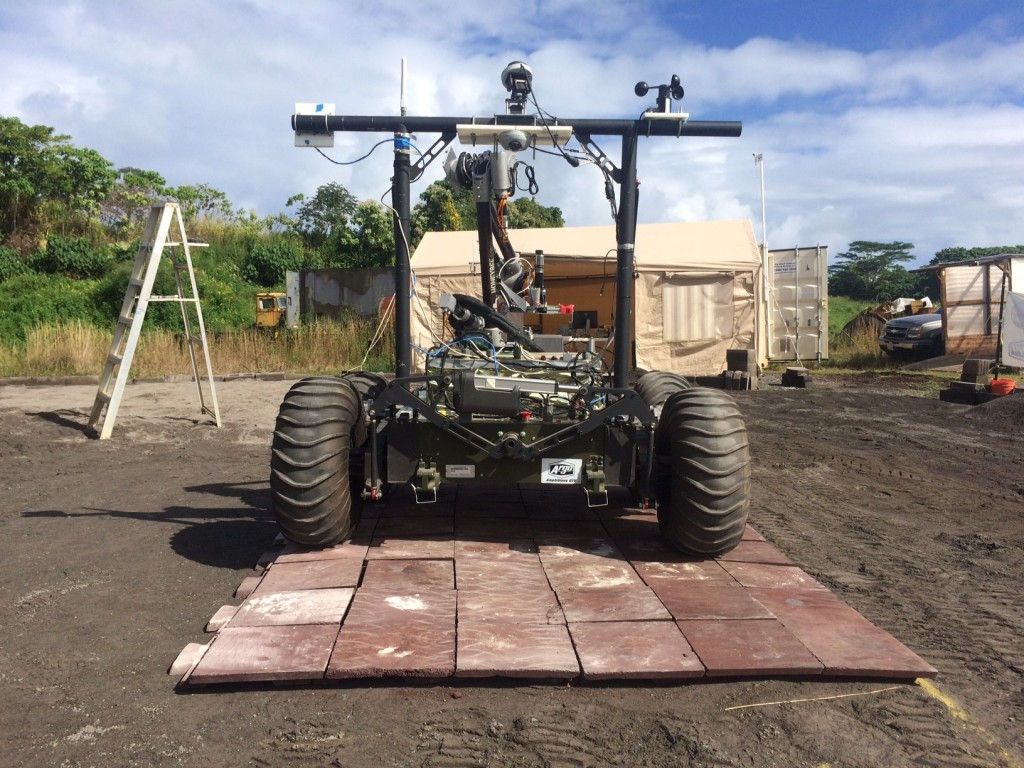Archive for the ‘materials’ category: Page 283
Scientists at ETH Zurich and IBM Research Zurich have developed a new technique that enables for the first time the manufacture of complexly structured tiny objects joining together microspheres. The objects have a size of just a few micrometres and are produced in a modular fashion, making it possible to program their design in such a way that each component exhibits different physical properties. After fabrication, it is also very simple to bring the micro-objects into solution. This makes the new technique substantially different from micro 3D printing technology. With most of today’s micro 3D printing technologies, objects can only be manufactured if they consist of a single material, have a uniform structure and are attached to a surface during production.
To prepare the micro-objects, the ETH and IBM researchers use tiny spheres made from a polymer or silica as their building blocks, each with a diameter of approximately one micrometre and different physical properties. The scientists are able to control the particles and arrange them in the geometry and sequence they like.
The structures that are formed occupy an interesting niche in the size scale: they are much larger than your typical chemical or biochemical molecules, but much smaller than typical objects in the macroscopic world. “Depending on the perspective, it’s possible to speak of giant molecules or micro-objects,” says Lucio Isa, Professor for Interfaces, Soft matter and Assembly at ETH Zurich. He headed the research project together with Heiko Wolf, a scientist at IBM Research. “So far, no scientist has succeeded in fully controlling the sequence of individual components when producing artificial molecules on the micro scale,” says Isa.
Apr 4, 2016
Newly developed Super Strong Metal can be used in Space Exploration
Posted by Klaus Baldauf in categories: materials, space travel
Researchers from the University of California has developed magnesium based super strong metal also very light weight. This new material composition of magnesium infused with ceramic silicon nanoparticles. This new technique nanoparticles boost the strength materials. Usage of nanoparticles also provides flexibilty to the materials.
Research main target extremely strong and lightweight metal can be used is space projects
In order to use this extremely strong and lightweight metal for space-exploration projects, the researchers developed a new method in dispersing and stabilizing nanoparticles in molten metals.
Continue reading “Newly developed Super Strong Metal can be used in Space Exploration” »
Apr 1, 2016
We Have a New Way To Create Super-Efficient Liquid Batteries
Posted by Klaus Baldauf in category: materials
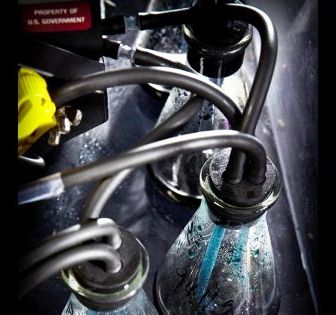
The inventors of liquid metal batteries give their original creation an upgrade using calcium, an abundant and inexpensive element.
With his latest upgrade to liquid metal batteries, there’s no better (and indeed, more apt!) way to describe MIT Professor and materials engineer Donald Sadoway than to say that he just keeps going and going and going…
Mar 29, 2016
Magic Microbes: The Navy’s Next Defense?
Posted by Klaus Baldauf in categories: bioengineering, biotech/medical, computing, materials, nanotechnology, neuroscience, robotics/AI
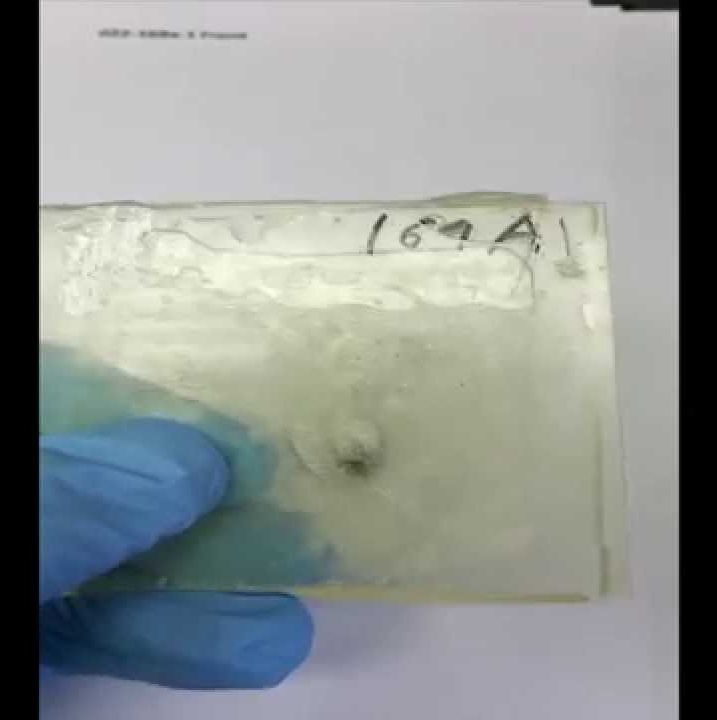
Synthetic biology involves creating or re-engineering microbes or other organisms to perform specific tasks, like fighting obesity, monitoring chemical threats or creating biofuels. Essentially, biologists program single-celled organisms like bacteria and yeast much the same way one would program and control a robot.
But 10 years ago, it was extremely challenging to take a DNA sequence designed on a computer and turn it into a polymer that could implement its task in a specific host, say a mouse or human cell. Now, thanks to a multitude of innovations across computing, engineering, biology and other fields, researchers can type out any DNA sequence they want, email it to a synthesis company, and receive their completed DNA construct in a week. You can build entire chromosomes and entire genomes of bacteria in this way.
Continue reading “Magic Microbes: The Navy’s Next Defense?” »
Mar 29, 2016
Multiple bends won’t crack this lightweight, paper-like, flexible ceramic
Posted by Klaus Baldauf in categories: electronics, materials, wearables

A flexible, paper-like ceramic material has been created that promises to provide an inexpensive, fireproof, non-conductive base for a whole range of new and innovative electronic devices (Credit: Eurakite). View gallery (4 images)
Materials to make hard-wearing, bendable non-conducting substrates for wearables and other flexible electronics are essential for the next generation of integrated devices. In this vein, researchers at the University of Twente have reformulated ceramic materials so that they have the flexibility of paper and the lightness of a polymer, but still retain exceptional high-temperature resistance. The new material has been dubbed flexiramics.
Continue reading “Multiple bends won’t crack this lightweight, paper-like, flexible ceramic” »
Mar 28, 2016
Scientists Made a New Metal, and it Makes Nuclear Reactors Even Stronger
Posted by Shailesh Prasad in categories: materials, nuclear energy
An international team of researchers has developed a new type of metal alloy that could make nuclear reactors safer and more stable in the long term. The new material is stronger and lasts longer than steel.
Scientists have developed a new kind of high quality metal alloy that is suitable to use in building nuclear reactors. While it might not be a metal that has been invented entirely from scratch, it’s only recently that we have been able to produce this kind (this quality) of metal. And it could mean great things for nuclear technologies.
Harvesting Nuclear Power
Continue reading “Scientists Made a New Metal, and it Makes Nuclear Reactors Even Stronger” »
Mar 24, 2016
Modified NWChem Code Utilizes Supercomputer Parallelization
Posted by Karen Hurst in categories: chemistry, climatology, evolution, materials, quantum physics, supercomputing
Quicker time to discovery. That’s what scientists focused on quantum chemistry are looking for. According to Bert de Jong, Computational Chemistry, Materials and Climate Group Lead, Computational Research Division, Lawrence Berkeley National Lab (LBNL), “I’m a computational chemist working extensively with experimentalists doing interdisciplinary research. To shorten time to scientific discovery, I need to be able to run simulations at near-real-time, or at least overnight, to drive or guide the next experiments.” Changes must be made in the HPC software used in quantum chemistry research to take advantage of advanced HPC systems to meet the research needs of scientists both today and in the future.
NWChem is a widely used open source software computational chemistry package that includes both quantum chemical and molecular dynamics functionality. The NWChem project started around the mid-1990s, and the code was designed from the beginning to take advantage of parallel computer systems. NWChem is actively developed by a consortium of developers and maintained by the Environmental Molecular Sciences Laboratory (EMSL) located at the Pacific Northwest National Laboratory (PNNL) in Washington State. NWChem aims to provide its users with computational chemistry tools that are scalable both in their ability to treat large scientific computational chemistry problems efficiently, and in their use of available parallel computing resources from high-performance parallel supercomputers to conventional workstation clusters.
“Rapid evolution of the computational hardware also requires significant effort geared toward the modernization of the code to meet current research needs,” states Karol Kowalski, Capability Lead for NWChem Development at PNNL.
Continue reading “Modified NWChem Code Utilizes Supercomputer Parallelization” »
Mar 23, 2016
This Hotel Is 3D Printed from Sand and Volcanic Ash
Posted by Shailesh Prasad in categories: 3D printing, materials
The world’s first 3D-printed hotel suite is located in the Philippines. This is just the first in a series of 3D-printed buildings the designer hopes to create in the area.
Planning a vacation to the Philippines? Consider staying at the Lewis Grand Hotel, where a newly-printed room awaits its first guests. You read that right. The hotel, which is located in Angeles City, Pampanga, has the world’s first 3D-printed hotel suite.
Printing a Hotel Suite in 100 Hours
Continue reading “This Hotel Is 3D Printed from Sand and Volcanic Ash” »
Mar 21, 2016
Robot-Built Landing Pad Could Pave the Way for Construction on Mars
Posted by Sean Brazell in categories: materials, robotics/AI, space
A robot has built a prototype launch-and-landing pad in Hawaii, potentially helping pave the way for automated construction projects on the moon and Mars.
The robotic rover, named Helelani, assembled the pad on Hawaii’s Big Island late last year, putting together 100 pavers made of locally available material in an effort to prove out technology that could do similar work in space.
“The construction project is really unique. Instead of concrete for the landing pad, we’re using lunar and Mars material, which is exactly like the material we have here on the Big Island — basalt,” Rob Kelso, executive director of the Pacific International Space Center for Exploration (PISCES) in Hawaii, told Hawaiian news outlet Big Island Now. PISCES partnered with NASA on the project, which is part of a larger program called Additive Construction with Mobile Emplacement, or ACME for short. [The Boldest Mars Missions in History].


